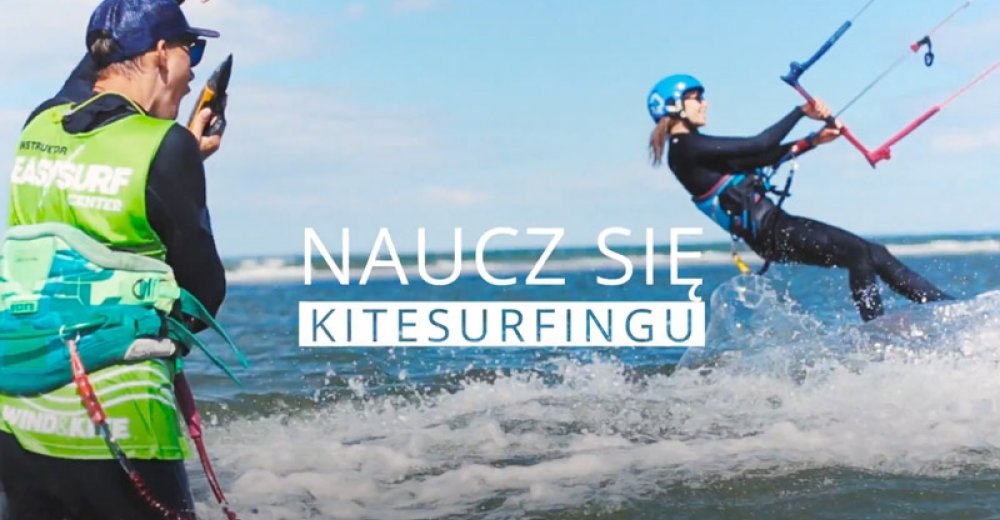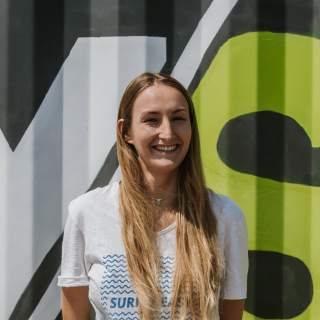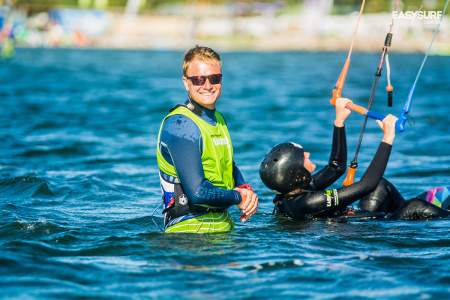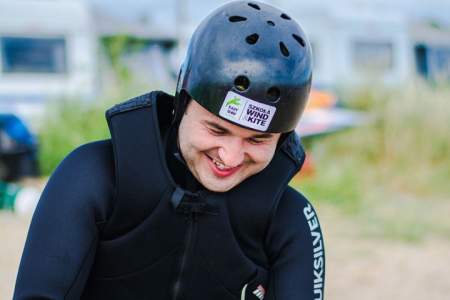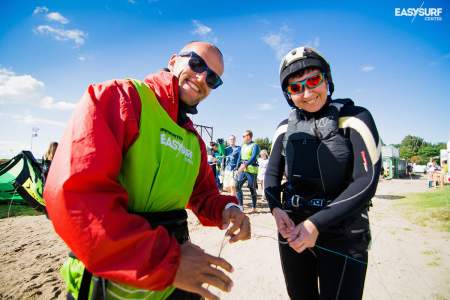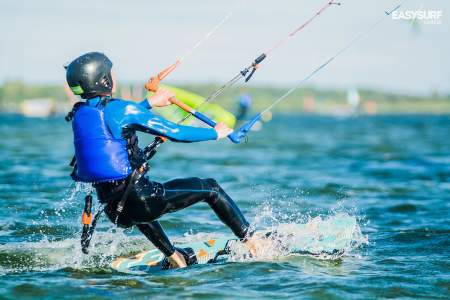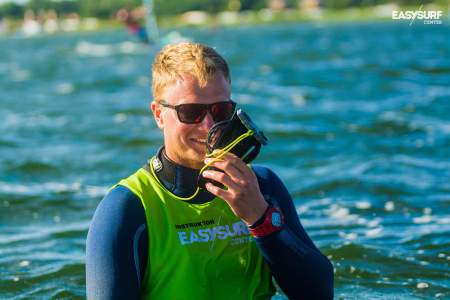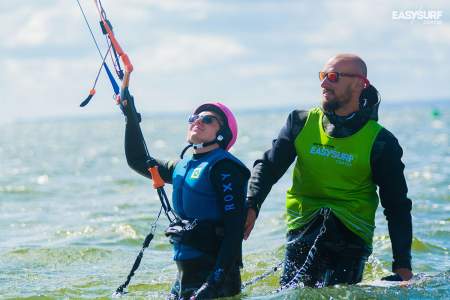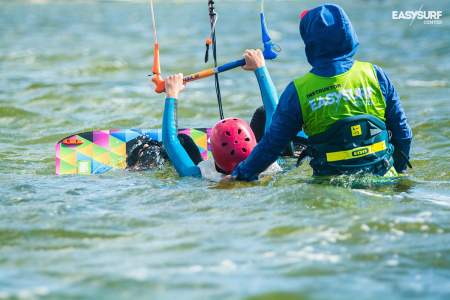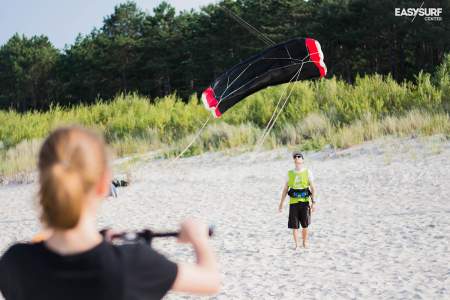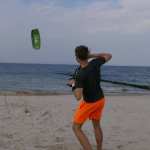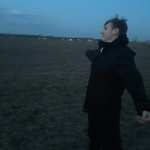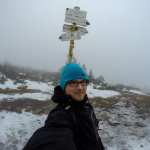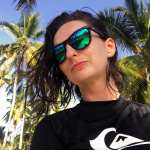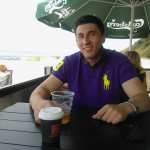1. I would like to learn kitesurfing, what course should I choose to be independent and be able to rent equipment?
To be able to ride and rent equipment by yourself, you must complete at least an IKO 1 + 2 course. After this course, you will be able to safely use the kite and ride both directions. After completing this course, we issue you with an international IKO ID card that certifies your skills and allows you to rent equipment and use kitesurfing spots around the world!
2. I would like to learn kitesurfing, but I do not know if I will like it - which course should I choose?
In this case, the best solution is the IKO 1 course. You will learn how to control the kite and perform body drags (swimming with the kite whilst using its power). If you finish this course with a smile on your face, the next step will be an IKO level 2 course.
3. What is IKO?
IKO means International Kiteboarding Organization (www.ikointl.com). It deals with the training of instructors, the development of the training system. IKO certifications are honoured in schools and spots around the world. EASY Kite Center instructors have IKO instructor certificates and after completing the course you will receive an IKO ID card from us.
4. Kitesurfing is apparently an easy sport. If I sign up for the IKO 1+2 course (8 hours) but finish it earlier what will happen with the outstanding hours? Will I lose it?
NO. If you complete the course program faster, then within the remaining hours you will learn elements from the IKO Level 3 course, such as riding upwind, turns or jumping attempts.
5. How old do I have to be to start kitesurfing?
There are no age limits in kitesurfing !!! For safety reasons it is recommended that your weight exceed 40 kg and you must be able to swim. The youngest kitesurfers begin at the age of 7, the oldest at the age of 65, although there is no upper limit! In our school, we have special small kites that come in size 3.0m and 5.0m intended for children's learning. Kitesurfing is encouraged by both young and old because in this sport there are no limits!
6. In how many days will I complete the basic IKO 1 + 2 kitesurfing course?
It all depends on the weather conditions. The first two hours take place on the beach with a small kite, for which you do not need a lot of wind. Lessons in the water take place when the wind blows with the strength of about 11 knots/4 Beauforts. The IKO 1 + 2 course takes about 9 hours, which, with good wind conditions, you can finish in about 3-4 windy days. This is the standard time that you need to become an independent and safe rider. You can finish the course earlier if we push the limits, but it might not be so effective.
7. At what times will my lessons take place?
Our school works from 9 am to 7 pm. Lessons are scheduled based on the weather forecast and your preference. If you have not previously agreed the preferred schedule with your instructor we will call you in the morning and inform you about the schedule of your lessons.
8. Do I have to book a course in advance?
Theoretically, you can come to us and sign up for the day of the course but be aware that there can be no places or you will have to start classes the next day. Therefore, WE RECOMMEND you to book a course earlier, which will give you more advantages:
- you can get a discount for an earlier reservation
- we make sure that there will be a place for you
- you can arrange a specific time on the day of your arrival for the first lesson • If you are unable to book a course earlier, try to at least call the day before your arrival and we will arrange a time for your first lessons
9. Where to stay for the duration of the course?
It all depends on your requirements. We recommend accommodation at the campsite to everyone - you are always there if the wind starts to blow. You will stay just a few meters from the water and enjoy the unique surf atmosphere of camping life. You can live in a tent (the camp's price list can be found here). You will avoid all the traffic jams that are very common during the high season, so we highly recommend staying nearby.
10. My children wanted to learn kitesurfing. Unfortunately, I can not go to Chałupy with them, and I'm afraid to let them alone, is there any solution?
Of course, there is! Throughout the summer we run kitesurfing and windsurfing camps for children, teenagers and students. Young people live in caravans or tents in our base and are under the care of qualified guardians for 24 hours. Additionally, at such camps, the participant is guaranteed 4 hours of kitesurfing classes (or other sports in the absence of wind) every day and 3 meals in the restaurant on the campsite. This is the most popular form of training chosen by the majority of young people in our school. You can find more information about the camps here.
11. Which course is better to choose - group or individual?
Both types of course have their advantages and disadvantages. The individual course lasts for fewer hours, but you do not have to change with your partner and wait for him/her to do the exercise. The group course lasts longer, but the exercises are done alternately while the partner assists you, observes and analyzes your mistakes. In addition, during group training, you motivate each other and have the opportunity to accurately "visualize" the exercise. Group training is cheaper. In conclusion, if you come with friends, we offer you group training, despite the waiting time in between your trials it is very effective. If you have little time and patience, choose individual training.
12. Why do we learn how to body drag without board at the beginning? Is it not a waste of time?
No. Body dragging is a very important element of kitesurfing training. First of all, this is a very important skill that every kitesurfer must master for security reasons. Thanks to body drag, we can get to the lost board or return to shore in an emergency situation. In addition, through body drags you will learn the control over the kite. Once you master body drags you can control the kite without watching it. This will allow you to do successful water starts and progress faster.
13. When to buy equipment - before or after the course? In your offer, there is a 15% discount for training on your own equipment. Is it worth it?
It is definitely better to buy the equipment AFTER the course. By training in EASY SURF, you have the opportunity to test different types of kites while learning, which will allow you to choose a kite for yourself. In addition, it is not worth learning with your own equipment – you will spend quite some time smashing the kite on the water, so we’d say it is better to use school kites.
14. I completed the course and would like to buy equipment for myself, what should I choose?
First of all, read our GUIDE for buyers, it will explain many of your questions. Then contact us - we run one of the largest wind & kite surf stores in Poland and will surely find something suitable for your needs and pocket.
Wakeboarding to sport bardzo zbliżony do kitesurfingu. Pływamy na takiej samej desce, różnicą jest napęd – w kitesurfingu ciągnie nas latawiec, w wakeboardingu motorówka. Wake to świetna wprawka do kitesurfingu. Technika startu z wody jest niemalże identyczna jak technika startu z latawcem. Ponadto podczas pływania oswajamy się z deską i wiemy jak się na niej ustawić gdy już wystartujemy.
15. What does wakeboarding give me? Is it worth going for it as part of the course or is it better to wait for the wind?
Wakeboarding is very similar to kitesurfing. We ride with the same board, just being pulled by different sources of power. In kitesurfing a kite, in a wakeboarding motorboat/cable, pulls us. Wake is a great entry for kitesurfing. The technique of taking off from the water is almost identical to the technique of launching with a kite. In addition, when we ride, we get used to the board and know the correct position for water start
